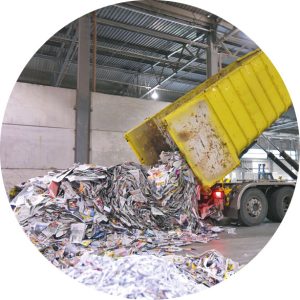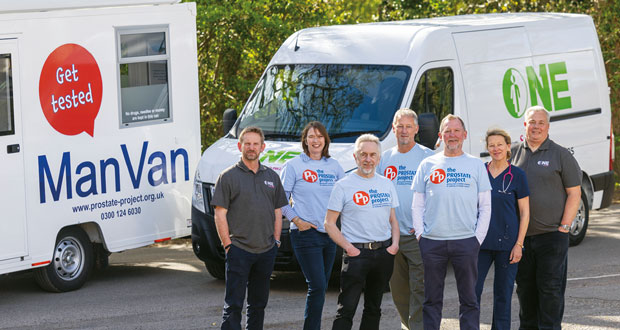Patrick Martin, Co-Founder and Director of clinical waste removal and washroom services provider Sanaway on how washroom services providers can help meet sustainability and ESG goals
Sustainability and ESG (Environmental, Social, and Governance) goals are both concerned with long-term, responsible business practices. While sustainability aims to balance economic, social, and environmental aspects for the wellbeing of present and future generations, ESG specifically refers to a framework used to assess a company’s environmental, social, and governance performance.
WASHROOM WASTE
For washroom waste, one of the key ways of meeting these goals is to ensure Zero Waste to Landfill as the sole end disposal solution. Companies have a legal obligation to provide suitable and sufficient sanitary conveniences as stated in the Workplace (Health, Safety and Welfare) Regulations 1992, and stipulates that employers must ensure they provide suitable means for the disposal of sanitary waste in female or unisex facilities.
Additionally, the Water Industries Act 1991 and the Environmental Protection Act 1990 also impose a duty of care on businesses to ensure that sanitary waste is handled and disposed of safely so that it is not flushed down the toilet. Providing adequate and accessible sanitary disposal bins creates a more hygienic washroom environment and prevents costly blockages, especially in older buildings with outdated plumbing.
TECH FOR ZERO WASTE TO LANDFILL
Most of the technology that enables washroom service providers to offer ZWTL is currently at the end disposal point. If ZWTL is at the heart of your organisation’s ESG philosophy, it’s important to look for services that work with processing plants that have the technology to utilise and recycle the by-products of the incineration process in an environmentally responsible and productive way.
 Sanaway has access to the state-of-the-art Lakeside Energy from Waste (EFW) facility in Colnbrook, Berkshire. One of around only 60 facilities in the UK that operate with an ‘Energy from Waste’ philosophy, 99.995 per cent of waste is recycled, with just 0.005 per cent non-recyclable. This sustainable solution diverts over 450,000 tonnes of residual waste from landfill per annum and generates 306GWh’s of electricity produced via steam turbine – enough energy to power a town the size of Slough.
Sanaway has access to the state-of-the-art Lakeside Energy from Waste (EFW) facility in Colnbrook, Berkshire. One of around only 60 facilities in the UK that operate with an ‘Energy from Waste’ philosophy, 99.995 per cent of waste is recycled, with just 0.005 per cent non-recyclable. This sustainable solution diverts over 450,000 tonnes of residual waste from landfill per annum and generates 306GWh’s of electricity produced via steam turbine – enough energy to power a town the size of Slough.
Nothing is wasted. Incinerator Bottom Ash (IBA) is a by-product of the incineration process that is used as an aggregate in the construction industry. Air Pollution Control (APC) residues are used in the manufacture of engineering blocks for the construction industry.
The exhaust gases from these facilities are monitored 24/7 in real-time by the Environmental Agency to ensure compliance. All emissions from the stack must comply with the most stringent UK and European pollution control standards.
AUDITABLE TRAIL
An auditable trail follows the waste from collection to destruction and ensures it hasn’t gone to landfill. The end disposal site will provide the washroom service provider with a waste transfer document each time waste is delivered into their facility. This clearly documents whether the end point of disposal was via an EFW facility, landfill or other type of disposal process.
A documented audit trail evidences that waste has been disposed of correctly from the point of collection, through to the point of disposal, so that customers can clearly see the journey their waste has followed.





